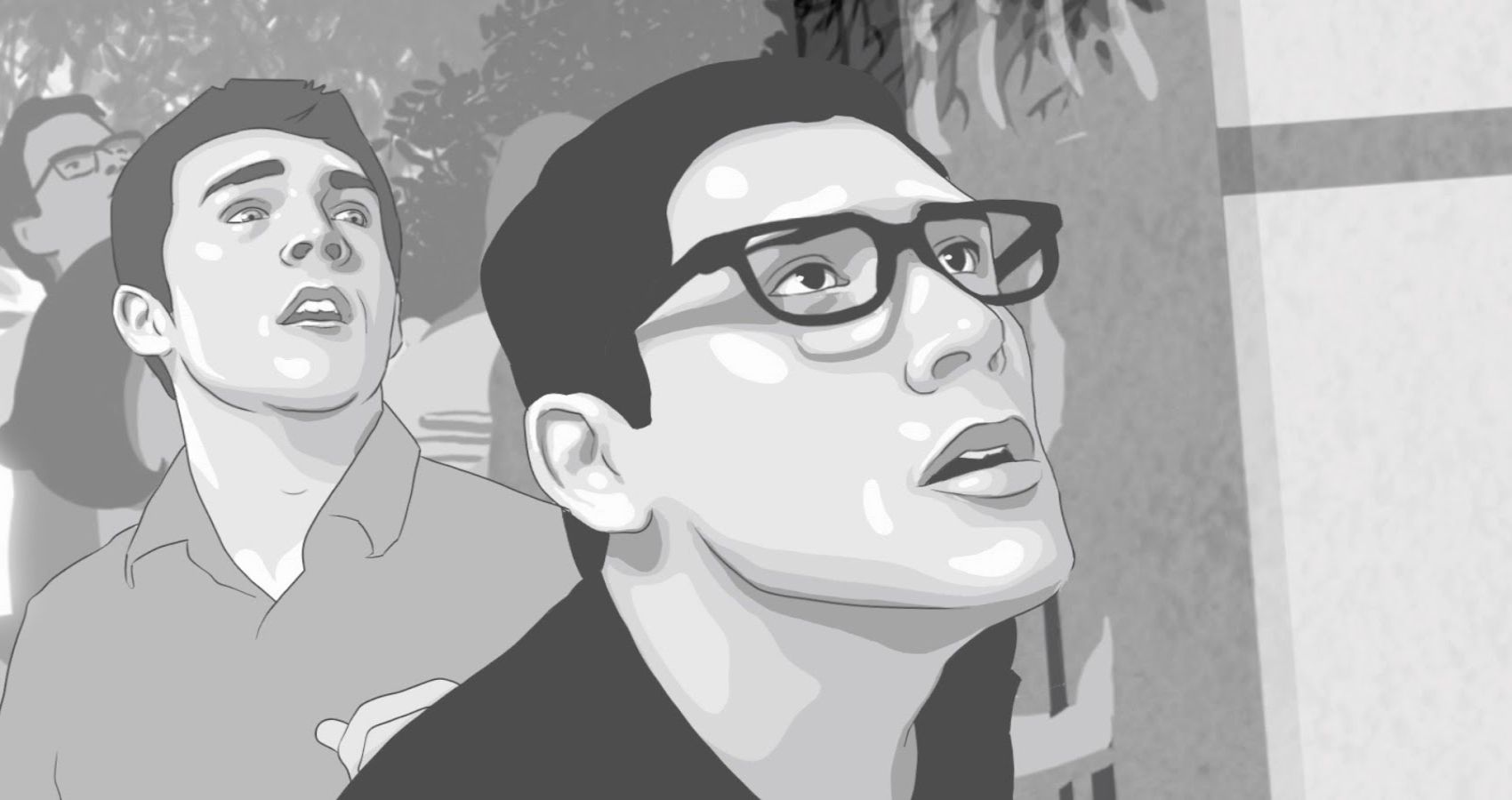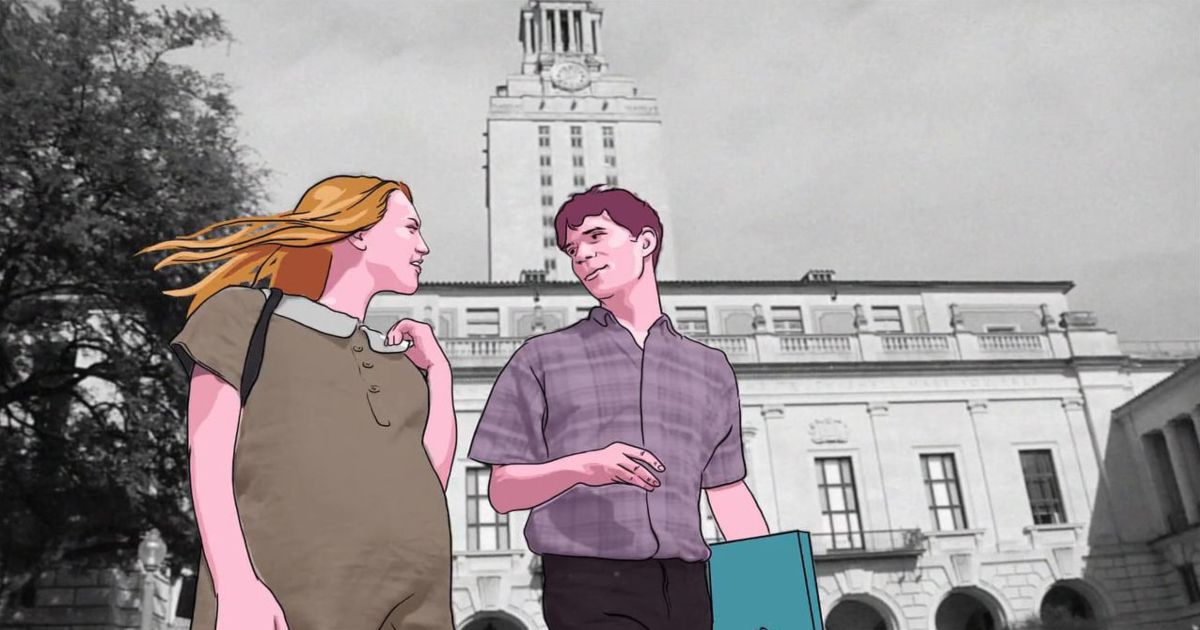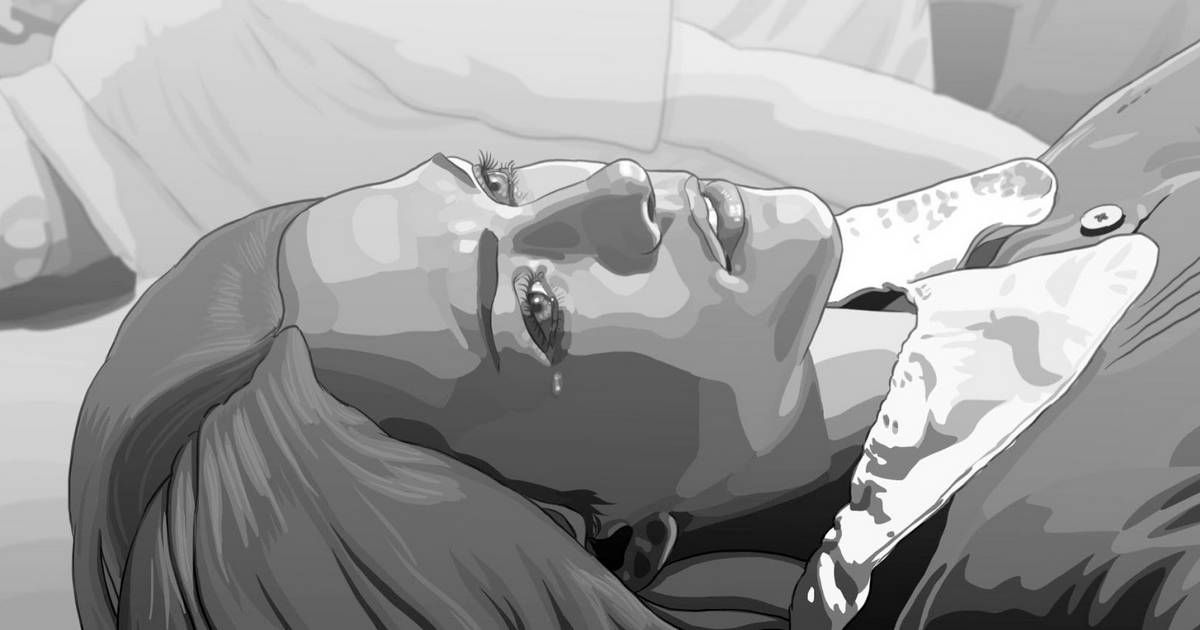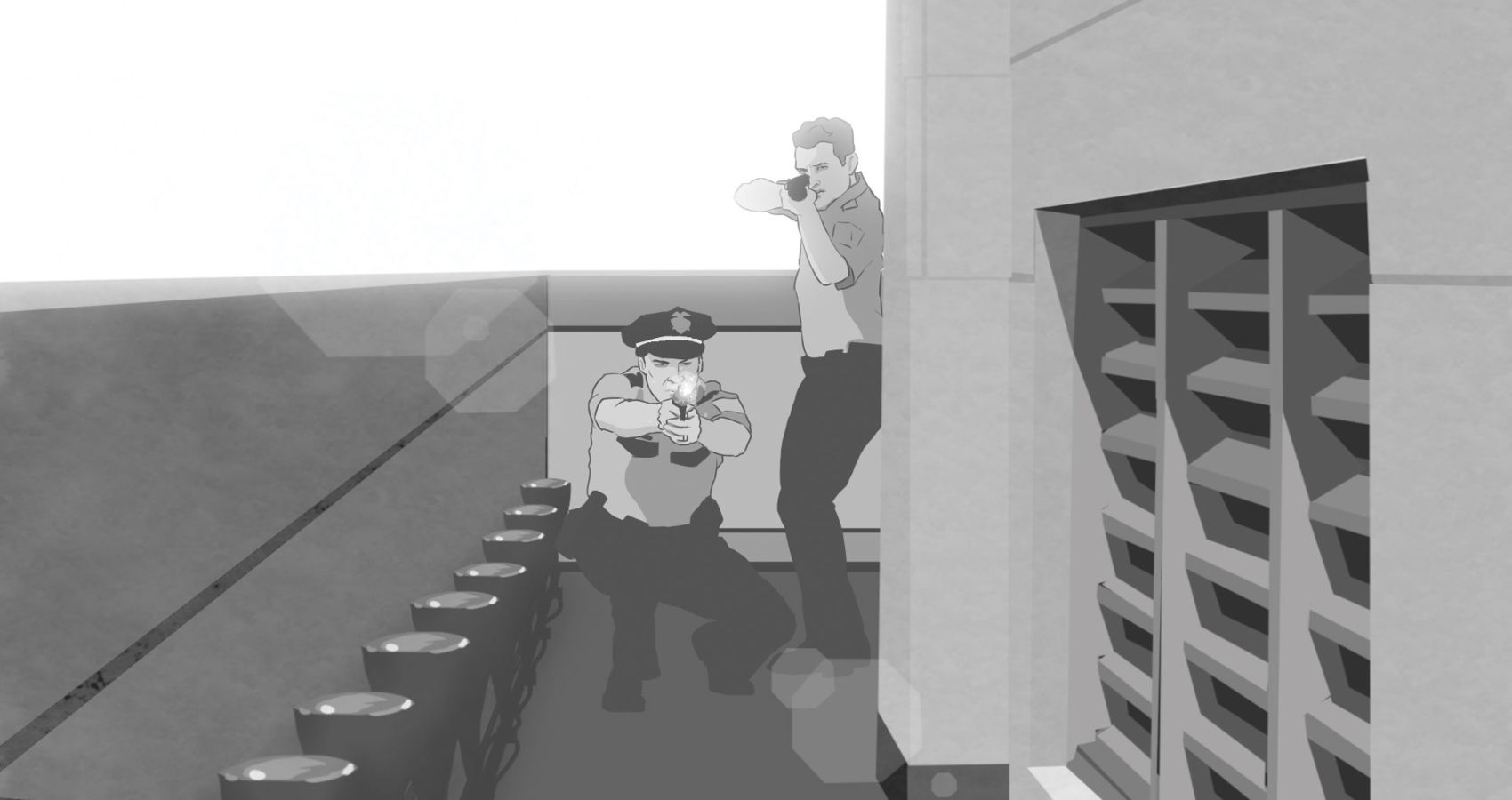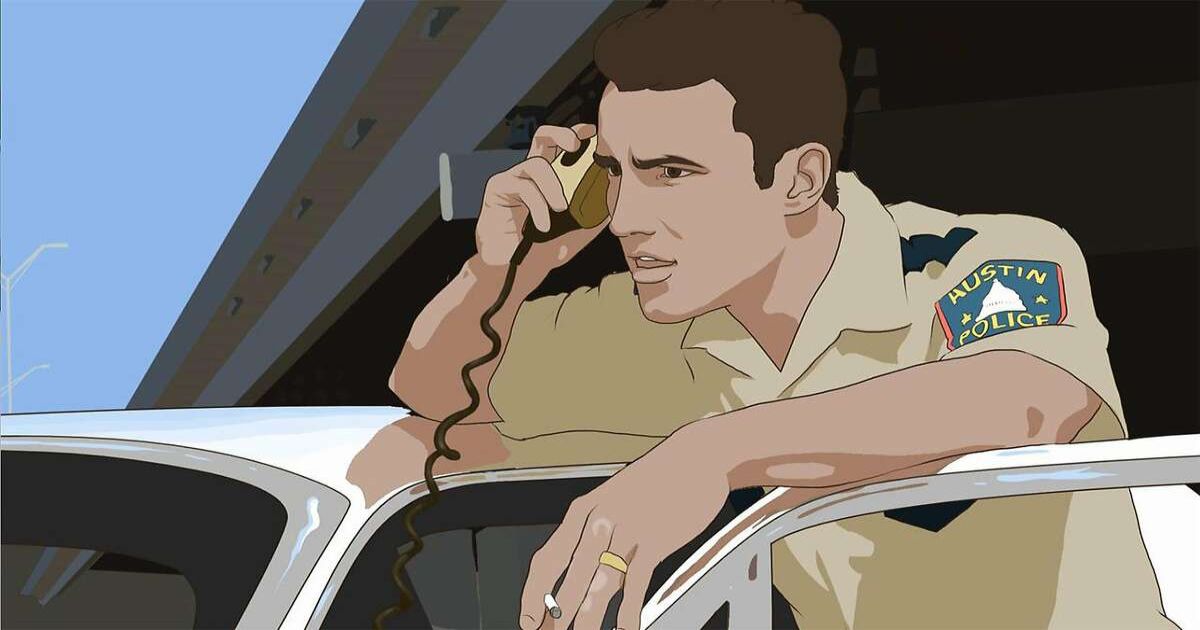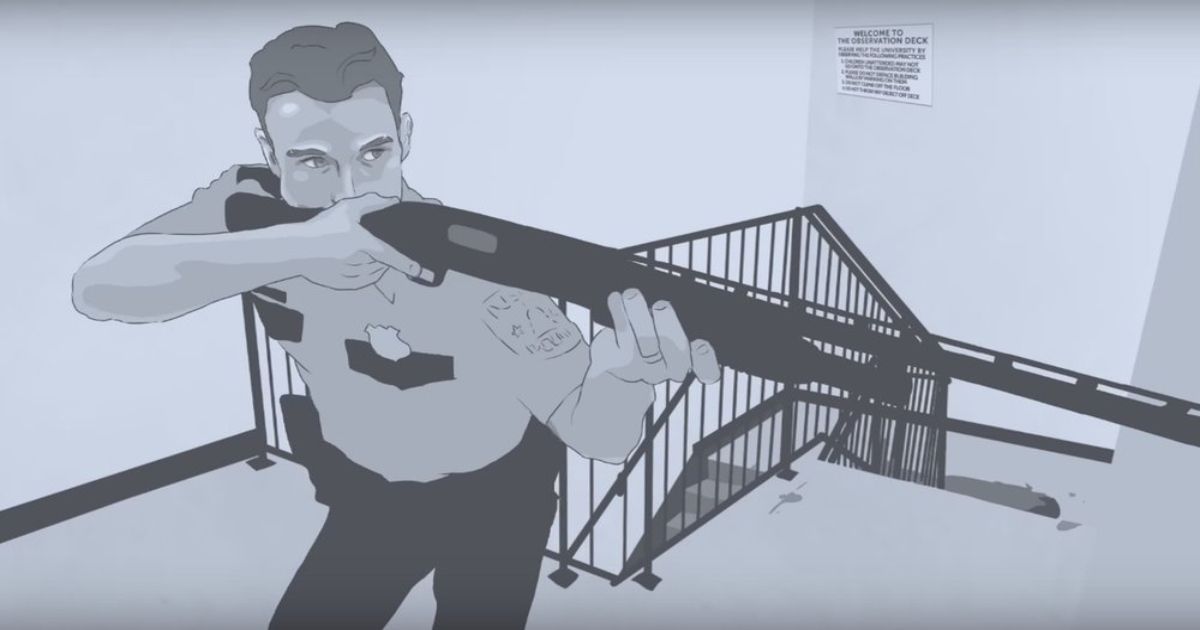In 1966, one of the worst crimes in American history took place at the University of Texas. The 2016 animation documentary TowerDirected and produced by Keith Maitland, it was released 50 years after the August 1, 1966 incident and tells the stories of what happened and what people did to survive (and the 16 people who didn’t).
It was one of the first modern mass shootings in a country that has only gotten worse in this regard, from Columbine to Las Vegas to Parkland to Sandy Hook and beyond. In 2021, on average, there was at least one mass murder every day of the year. Tower exists in a world where this kind of tragedy is so much more common 50 years later, but has the power to shock people out of complacency. Let’s take a look at the strange power of this animated documentary.
Tower evokes the feeling of the first mass shooting
The killer, 25-year-old Charles Whitman, dubbed “The Texas Tower Sniper,” killed his mother and girlfriend with knives in their home, then climbed to the top of a 300-foot clock tower at the University of Texas at Austin. There, he randomly shot people for over an hour and a half, killing 16 and injuring more than 31, including a pregnant woman whose fetus died after being shot, and whose story is dramatically reenacted in Tower. Police officers went to the top of the tower where they were eventually able to shoot Whitman dead.
On the scene was filmmaker Tobe Hooper, a student at the school. He was with his friend, the photographer Ron Perryman. A police officer approached Hooper and told him what was going on and urged him to hide; that officer was subsequently shot. Perryman, a photographer, took many photos of the scene, several of which made their way to LIFE magazine. A few years later, Hooper directed the iconic film The Texas Chainsaw Massacre.
Tower is an animated documentary about that terrible day, in which we saw both the worst and the best that humanity has to offer, with people risking their lives to help wounded shooting victims lying in the open. There are many true crime documentaries, but Tower stands out from most of them, and for several reasons.
Tower focuses more on survival and survivors than the killer
For example, much has been made about the shooter possibly having a deadly tumor in the part of the brain that causes aggression, and much has been said about his service in the US Marines, and how “normal” and even “handsome” he was, with his blond hair and innocent childlike face.
Tower, on the other hand, manages to tell the quieter stories rather than succumbing to the glorifying focus that true crime often places on perpetrators and murderers. Very little information about the shooter is mentioned in the film, with the focus shifting to the victims on the ground and the few positive stories of people risking their lives to help the injured and other potential victims. Unfortunately, much more is known about the shooter than about his victims, and how his actions changed society and shocked America.
One woman even walked up to her and lay down next to the pregnant woman who had been shot, pretending to be dead in order to talk to her as the violent drama unfolded. The two had never met, but the woman risked her life to make it easier and less chaotic and scary for one of the victims. During the shooting, they held hands and the woman had a positive conversation with the terrified, shot victim, who eventually survived, eternally grateful for a kind act, even when her boyfriend’s corpse lay a few feet away and her unborn baby lay dead in her womb.
The treatment of real crime victims – tower, monster and 11 minutes
Tower is astonishing for the respect it gives to the victims, and the effort it takes not to glorify the shooter. You can compare this to Netflix’s docudrama hit from 2022 Monster: The Jeffrey Dahmer Story, who, while devoting a lot of time to Dahmer, also ensures that details of the lives of some victims are discussed before meeting Dahmer, as well as grieving family friends and the traumatized residents who lived in the same apartment block as Dahmer, whose apartment was a terrible had a stench of rotting flesh. The series had 10 episodes, giving the filmmakers ample time to delve into the details of the victims’ lives, both alive and dead. However, the amount of backlash against that Netflix series (especially from victims’ families) indicates that true crime requires more empathy for victims and less sympathy for the devils.
An interesting contrast to this is the documentary 11 minutes, which is about the mass shooting at the country music festival in Las Vegas, in which nearly a thousand people were killed or injured. That film does contain a lot of footage from the shooting as many of those in attendance at the event had smartphones with video cameras and so much of the carnage is depicted in graphical detail. The problem was that it was just too much. So many people are randomly slaughtered that it is difficult to watch the film, and we never get a chance to learn the stories of all the victims or see their lives before the massacre.
11 minutes and Tower are both great documentaries, although they are very different. Perhaps Tower shows how we used to react to mass shootings, with horror and compassion for each individual person, while 11 minutes is indicative of the modern reaction – it’s all too much to keep track of.
The animation makes this a unique and powerful film. There is no live footage of the shooting, so using technology, the filmmakers recreate the events for us using advanced animation techniques and voiceovers from actors reading the personal written stories of the people who were there. Also included are real television and radio footage of the shooting, brought to life by the violent animation.
Rotoscope animation is perfectly used to tell a true story
Tower was created using an animation technique that converts filmed images into realistic animated images. The process of rotoscoping was also used to great effect in Richard Linklater’s great films A scanner darkbased on a visionary story by Philip K. Dick, and the dreamy philosophical masterpiece awake life. It has also been featured in the recent Prime Video series Undonewhich animation work from the same studio is behind Tower.
It is this surreal animation that gives Tower its power, by recreating the event using modern technology that creates an extremely realistic film. Since the incident was not filmed, it was not possible to create a realistic dramatization of the events. But rotoscoping creates such an interesting and naturalistic look, combined with a dreamy fluidity, that it sometimes seems as if we are looking at a real memory of the events firsthand.
The colors of the film change, sometimes psychedelically and sometimes realistically, to match what is being said in the film, and the result is an emotional, psychic reenactment of the event without downplaying or exploiting it. It somehow feels more startling, however, than watching news footage of shootings, which gives Tower an edge that can break through our collective complacency.
To maximize the drama, there are the sounds of a gun firing from the tower throughout the movie. You never get used to the jarring, interrupting sound of the gunfire. Using visual and audio techniques, as well as a small amount of archival footage and very intimate interviews, the film recreates the sheer chaos and terror of that horrific day. The film is memorable for its focus on the victims and survivors, not the killer, and as such presents viewers with a disturbing memory that we are doomed to relive countless times, bringing the past to life and brightening the present.

